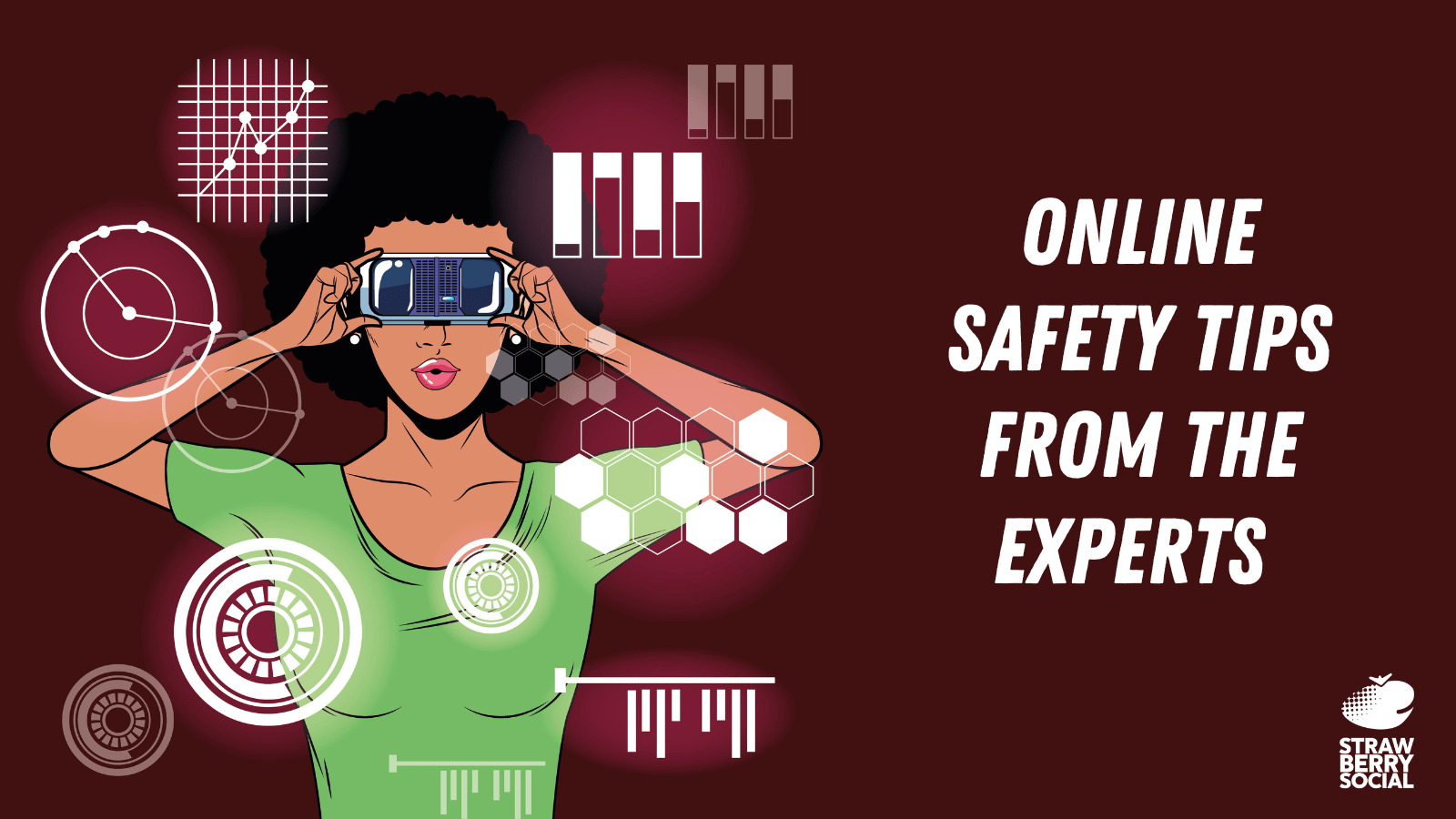
Trust and Assurance: Online Safety in an Uncertain World
 December 15, 2022
December 15, 2022Industry experts, parents and teens at FOSI 2022 Annual Conference share their best practices for navigating digital safety.
I recently attended one of my favourite industry events: The Family Online Safety Institute’s annual conference held in Washington, DC. For those of you unaware of this event, many of the biggest names in Youth and Family digital entertainment, Social Media, Online Communities, Technology development and Policymakers sponsor the event. Each year these individuals come together to discuss digital responsibility as it pertains to children, young adults, parents and organisations.
This year’s focus was “Trust and Assurance: Online Safety in an Uncertain World”. The biggest takeaway from the event has to be: that parents, kids and companies have become increasingly aware and savvy about digital safety and online responsibility, and how to get involved.
The sheer number of parents and kids participating in the conference was a key indicator of the above points. Parents discussed the importance of digital parenting, teens at the conference talked about how they navigate technology, and educators shared how digital media is used for educational purposes, mental health support and community building. As a bonus, companies discussed the importance of having trust and safety as part of the overall blueprint for their products.
While the information shared by industry researchers and corporations was excellent, it was a new and special treat to hear parents, influencers, and teens share their best practices for navigating digital safety in their own homes.
Whose responsibility is it to keep kids safe?
The day began with Experts React to New FOSI Research.
According to this panel, kids tend to look at digital safety as ‘restrictions’ and what they cannot do whereas parents argue that they want more options when it comes to safety settings. Alumeda Lara from Google stated
“It’s up to both parents as well as the companies themselves to present these measures as Protections [to ensure the end users have] an enhanced experience”.
And Julie Dawson of Yoti stated that
[Users] have to have choices because different [young] people are ready for different levels and have different safety needs”
The discussion ended with the all-important question: Whose responsibility is it to keep kids safe?
Again, Alumeda from Google: “The saying ‘it takes a village’ still applies. Everybody has some responsibility [Tools, Companies, Policymakers, Parents]”. Parents need to understand more about the risks and technology, companies and policymakers need to be better educators, and have open conversations with their users” Sidenote: We here at StrawberrySocial agreewith this statement wholeheartedly.
As veterans of this industry we agree there needs to be more thought put into the overall building, strategy, and development of safety measures at the very beginning of the product’s lifecycle as well as throughout the entire development process. Trust, Safety and responsibility should have a seat at the table and work in tandem with content developers, legal representatives and site owners.
Not all time spent online is equal
During the discussion “Modern Family: Today’s parents navigating kids’ digital livesAvi Greengart from Techsponential reminded the room that nowadays, parents understand the value of engagement within online communities. “(We now know) that screen time varies greatly in terms of quality: is the time spent being active or passive? Is the child just watching, versus chatting and engaging their friends or community? Are they actively building something and/or levelling up?”
Jarius Joseph (Of Terrell and Jarius fame – 2.1M followers on TikTok) shared one of his parenting best practices by looking at social media screen time differently: “We approach screen time differently and in a positive way. Asking: what are [our kids] getting from it? It could be spending time online w/their grandparents and connecting with family which is valuable. There could be teaching moments as well, there are many apps and sites to create beautiful things like art and reading”.
Kerry Gallagher, Education Director for ConnectSafely shared one of her tips for managing screen time with her family: We “Assist our kids with discovering the amount of time they’re spending on a platform and what they’re doing on that platform. Make it a report for the end of the week. Then we review, and ask: “Is this how you want to spend your time?”
Each comment above highlights some truly savvy and creative thinking from parents that understand the importance of digital responsibility as part of their parenting roles.
Benefits of Online Gaming
At the Mindful approaches to Online Gaming panel, we heard from representatives at Mattel, TenCent, GamesforChange, and the ESRB (Entertainment Software Rating Board). Across the board this panel argued (through data and findings) that games, and actual play itself, is value-added entertainment. Pat Vance from ESRB went so far as to say that
“[Most] games have an educational component in one way or another, and overall they’re now widely accepted as positive experiences for children, who are able to learn in an engaged manner.”
Arana Shapiro of “Games for Change” shared her experience:
“In-game curriculums have had great success. Kids get engaged and are excited to learn when [it’s presented in gaming format]”
Jennifer Ihegword of Mattel shared that her company is a firm believer in “Educating [families] about the world through play and toys” and they are testing out different methods to find out what works best for their community of fans, and in what capacity. For example, Mattel has begun to test the value of NFTs in the Metaverse related to their largest fan-based products: Barbie and Hot Wheels.
Yan Perng of TenCent gave us details about the data they collected during the pandemic which furthers the above findings. “Accessibility increased so much over the last few years; we have creators and parents engaging more w/their kids online” which is all really really great news.
Safety By Design is the New Normal
Overall, the message was clear and positive: Safety By Design is the new normal for companies engaging in youth-centric products and it is paying off. Parents AND users are more engaged in the conversation with game producers which in turn means the products are better equipped to support everyone, and encourage smart, and safe play for the good.
For more highlights from FOSI check out their Youtube channel>


 Share This Post
Share This Post